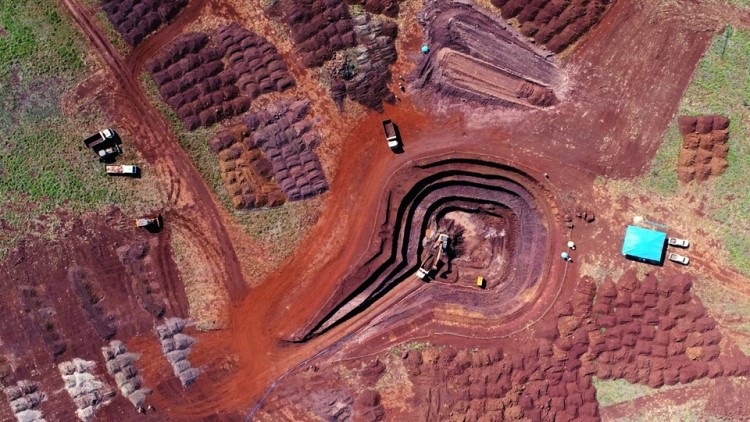Key points:
- Energy Fuels has a unique position within the US market
- It’s the only place able to take radioactive rare earth ores
- Monazite processing could therefore be a significant earner
- 12 Best Shares to Buy as a Beginner
Energy Fuels (NYSE: UUUU) stock has the possibility of being a unique part of the American rare earths story. This is largely due to historical happenstance but it could be important for all that.
The thing to understand about rare earths is that they’re not rare at all – nor are they earths by the way. But most of the possible sources have more thorium and uranium in them than a processing plant is going to allow through the door. Low U and Th contamination in a rare earths ore is rare. So, that’s where the rarity comes into play. Not in deposits of rare earths, but ones that can be easily processed.
Now, if you were a uranium mill then you’d be able to process the high radioactivity rare earth ores. Materials like monazite and bastnasite are out there, in quantity, at the cost of picking them up really. Simply because the number of people who can process them is very low. And within the US there’s really only the one place, Energy Fuels. It is most, most, unlikely that anyone will be able to assemble the licences and permits to replicate that facility. Just because the environmental and planning process would be interminable, even if it could be won.

Also Read: The Best Copper and Mining Stocks to Watch in 2022
This is the plan they’ve announced too. Energy Fuels can process high Th and U rare earth ores, the US wants domestic processing of rare earths, so why not? Now they’ve gone a stage further.
The announcement is that Energy Fuels have bought into a Brazilian mineral sands development. Logically this could work. Monazite is often a component of such deposits, it’s not that difficult to process it out either. Other people tend not to bother, or if they do the monazite is a waste as they’ve no uranium mill to process out the Th and U. So, Energy Fuels could well have an advantage here.
They could indeed be able to build a reasonable rare earths supply chain, from mine to concentrate. But this then brings us to the next problem. Processing the concentrate into the individual rare earths is expensive. They’ve got a partner in this, Neo Performance Materials, who own one of those processing plants. So, it is possible that Energy Fuels can create that mine to magnet production line.
This is not, though, a done deal. The deal for the Brazilian deposits is, but it being economic to run the whole process, no, that’s not certain. Because the stage after Energy Fuels, that from concentrate to individual elements, costs a lot of money. $15 to $20 a kg in fact. And the problem is that you only make money on some of the elements extracted. Currently, really only the Nd, Pr, Tb and Dy. Everything else you make a loss on – Ce and La will be about 50% of the concentrate and they both sell for under $1 a kg right now. So you take a $14 to $19 a kg loss on 50% of the material, then make it up on the higher prices for the other fractions. Which is fine – as long as your original ore has the individual rare earths in the right concentrations to make it profitable. This is the thing we don’t know about those Brazilian sands as yet. The most important part is “what is the Nd/Pr fraction?”
Logically Energy Fuels is doing all the right things. Whether it will actually work depends upon these sorts of boring technical details. Time will tell.
